Chandelier Socket Replacement Guide
Chandelier socket replacements are essential for maintaining proper lighting functionality and safety. The optimal time to replace a chandelier socket is when signs of wear, damage, or malfunction are evident. Regular inspections can help identify issues early, preventing potential electrical hazards or fixture failures.
Discoloration, melting, or corrosion on the socket indicates it may need replacement to ensure safety and proper operation.
Flickering lights or inconsistent illumination often signal socket issues that require prompt replacement.
Sockets typically last between 5-10 years; older fixtures are more prone to failure and should be checked regularly.
Following any physical damage to the chandelier, inspecting and replacing sockets can prevent further electrical problems.
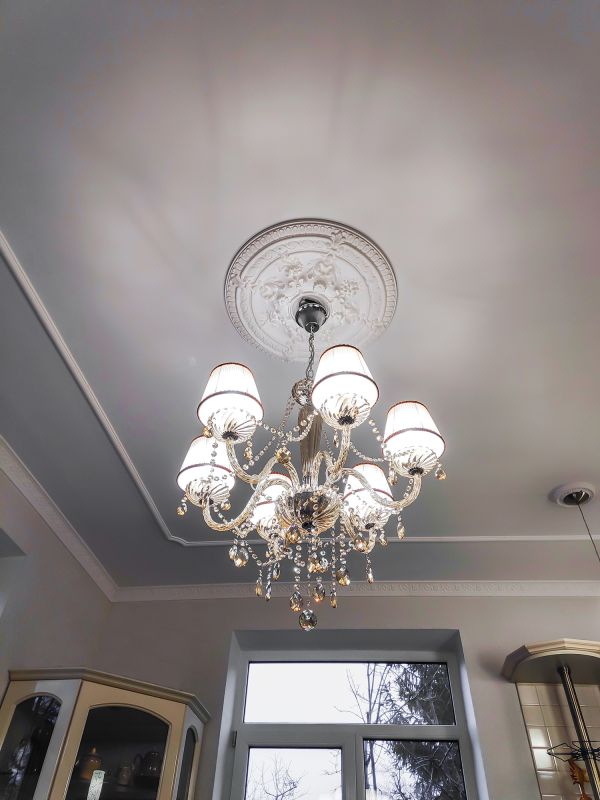
Regular checks help identify early signs of wear or damage in chandelier sockets.

Discolored or melted sockets indicate the need for replacement to prevent electrical hazards.
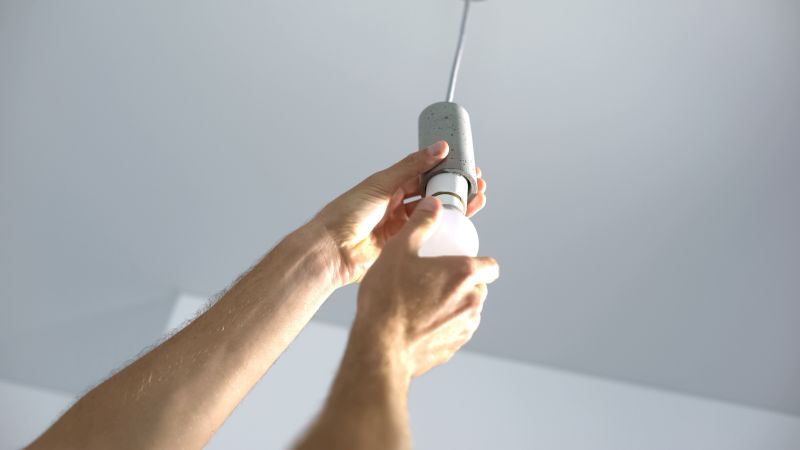
Proper replacement ensures safety and optimal lighting performance.

Ways to make Chandelier Socket Replacements work in tight or awkward layouts.
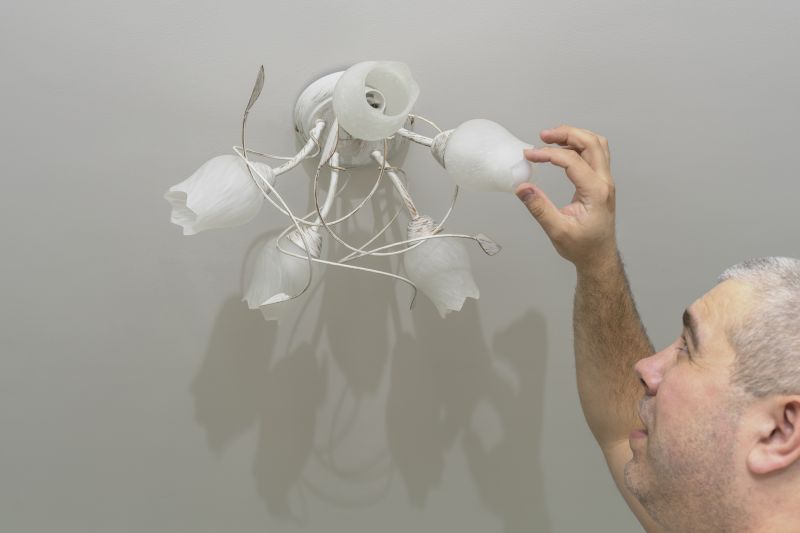
Popular materials for Chandelier Socket Replacements and why they hold up over time.
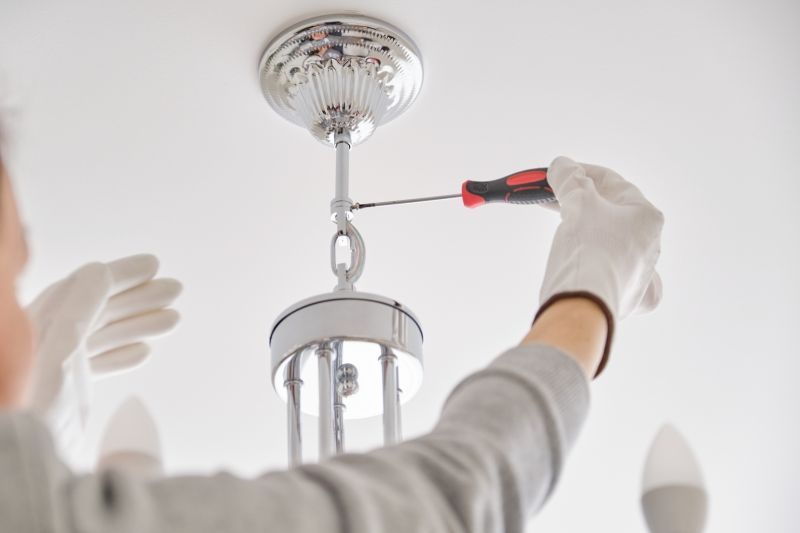
Simple add-ons that improve Chandelier Socket Replacements without blowing the budget.
| Situation | Recommended Action |
|---|---|
| Socket shows signs of corrosion | Replace immediately |
| Flickering or inconsistent lighting | Inspect and replace socket |
| Fixture is over 10 years old | Schedule socket replacement |
| Physical damage to socket or fixture | Replace damaged components |
| Upgrading chandelier or bulbs | Replace sockets to match new fixtures |
| Socket emits a burning smell | Turn off power and replace socket |
| Socket is discolored or melted | Replace to prevent fire hazards |
Chandelier socket replacements are a common maintenance task that can extend the lifespan of lighting fixtures and ensure safety. Proper timing for replacement depends on the fixture’s age, signs of wear, and electrical performance. Regular inspections by qualified professionals can help identify issues early and prevent potential hazards. The typical lifespan of a chandelier socket varies based on usage and environment but generally ranges from five to ten years. In high-moisture or high-usage settings, sockets may require more frequent replacement. Upgrading sockets during fixture upgrades can also improve energy efficiency and lighting quality.
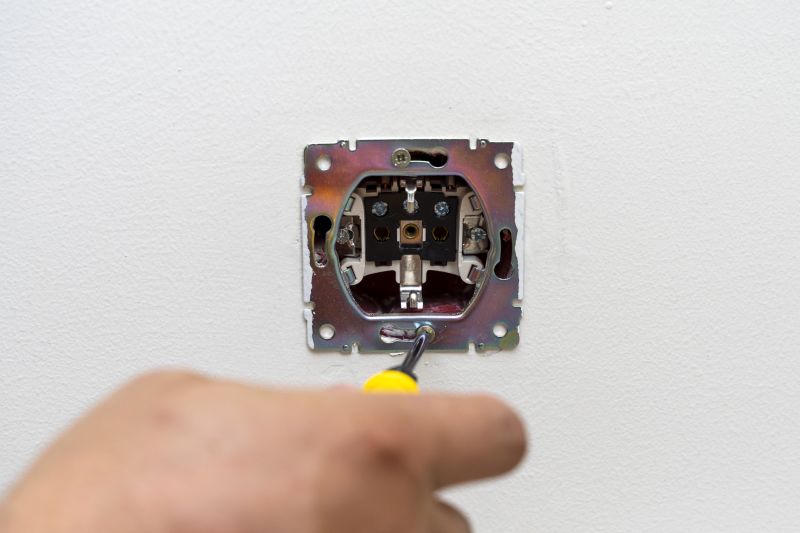
Comparison of worn and new chandelier sockets.
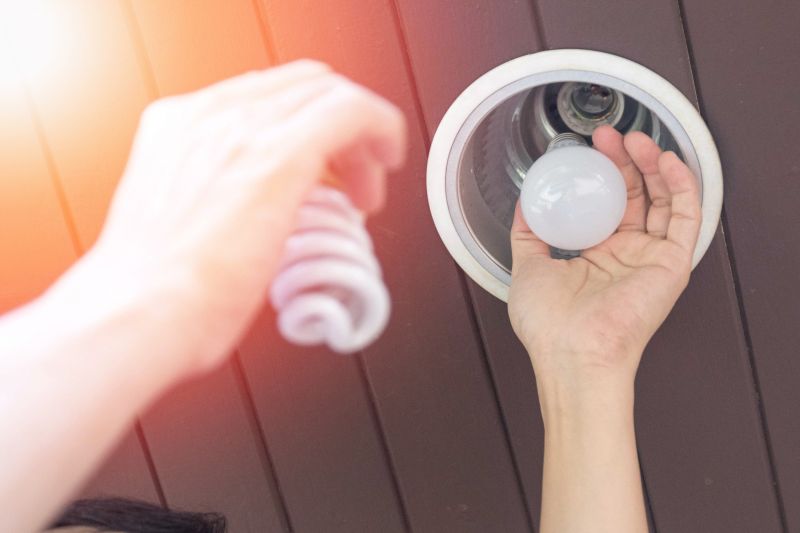
Step-by-step of replacing a chandelier socket.
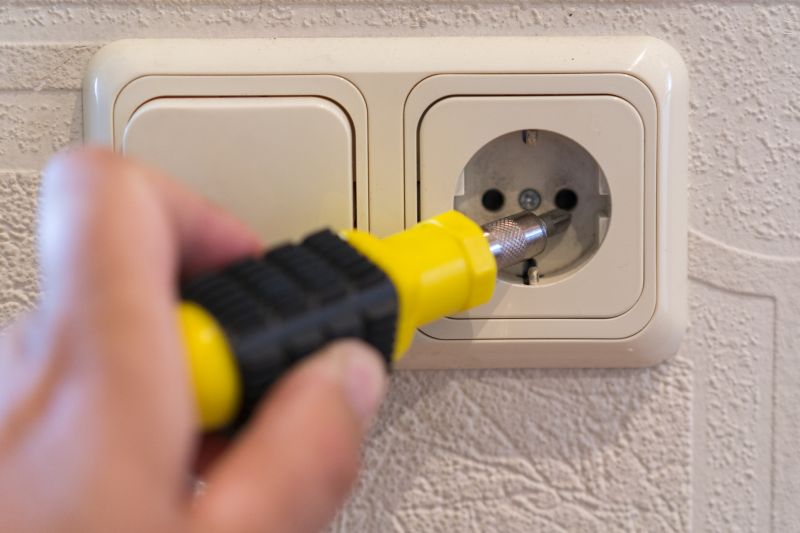
Ensuring safe and effective socket installation.
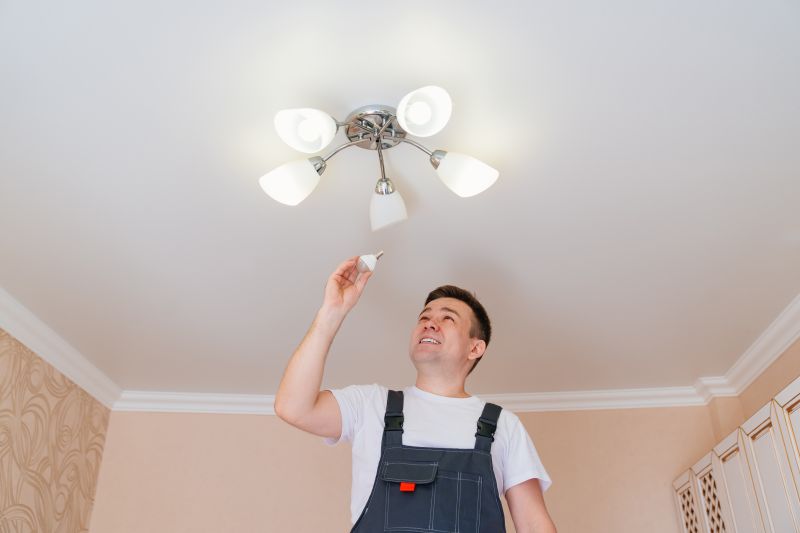
Upgrading sockets as part of chandelier modernization.
Interested in maintaining or upgrading chandelier lighting? Filling out the contact form provides an opportunity to discuss options for socket replacements and fixture improvements. Proper timing and professional service can help ensure safety, efficiency, and the longevity of lighting installations.
